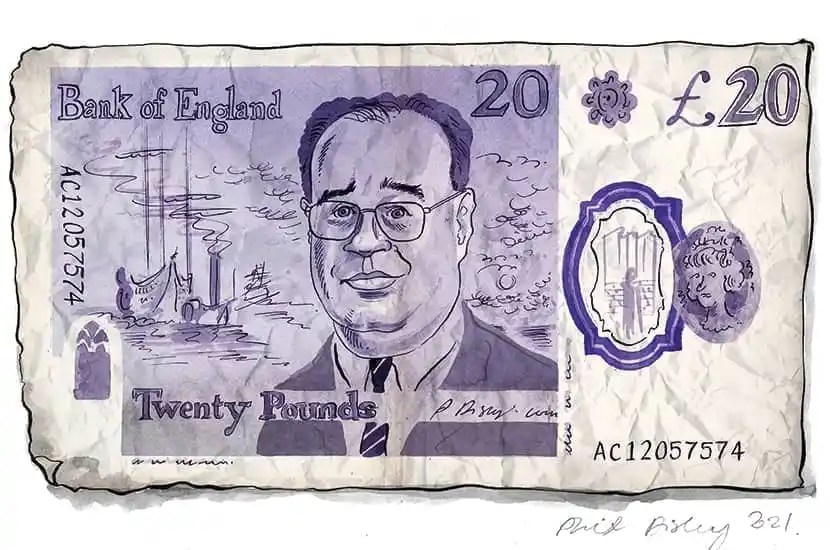Jeremy Hunt has been warning for weeks that inflation could rise over the summer due to an increase in fuel prices. Economists said much the same: the consensus was that the headline rate would jump to 7.1 per cent on the year in August. But this morning the Office for National Statistics (ONS) revealed that the rate of inflation continued to slow last month: rising to 6.7 per cent on the year in August, down from 6.8 per cent in July. This is a rare occasion where ministers have under-promised on the inflation figures, triggering headlines like ‘surprise fall.’
In truth, it’s the smallest of dips – and prices are still going up, just at a slower rate – but it keeps the government largely on track with the Bank of England’s forecast that would see inflation (just) halve by the end of the year.
There’s been some movement in the core inflation rate too, rising by 6.2 per cent in the year to August, down from 6.9 per cent rise in July. Core inflation remains a key metric for analysing just how ‘temporary’ inflation is, as removing more volatile prices like food and energy helps to reveal the extent to which price hikes have become baked into other parts of the economy. For the government to make good on its inflation promise, it has to see core inflation falling as well.
The ONS attributes the ‘slight easing’ in the inflation figures to the’ downward effects from restaurants and hotels, food and non-alcoholic beverages, recreation and culture, and furniture and household goods.’
Food inflation, which peaked at over 19 per cent in March this year, is now coming down at a steady pace, slowing from 14.9 per cent on the year in July to 13.6 per cent in August. These falls helped to ‘partially offset’ (the) upward contributions from transport, and housing and household services,’ the ONS said. It’s worth noting that goods overall rose from 6.1 per cent on the year in July to 6.3 per cent in August, with ‘rising prices for motor fuel’ accounting for ‘the largest upward contribution to the change in the annual rates.’
But the good news story of the morning is the annual rate for services, which slowed from 7.4 per cent on the year in July to 6.8 per cent in August. As Capital Economics reports this morning, this indicator is one of the most important from the Bank of England’s perspective. It may have been a sign to the Bank, when the figures reached Threadneedle Street, that interest rate hikes are finally having their desired effect. Whether the Bank raises rates tomorrow for the 15th consecutive time will now be determined by a stand-off between this morning’s inflation data – which could inspire the Bank to pause rate rises temporarily – and last week’s labour market data, which showed average wages outpacing inflation by one percentage point.
Despite limited evidence so far that any kind of ‘wage price spiral’ is taking place, it nonetheless remains a top concern within the Bank, and could become the Monetary Policy Committee’s reason for raising rates once again. Markets are expecting at least one more rate hike in the near future. Tomorrow we will find out from the Bank if that moment is now.







Comments